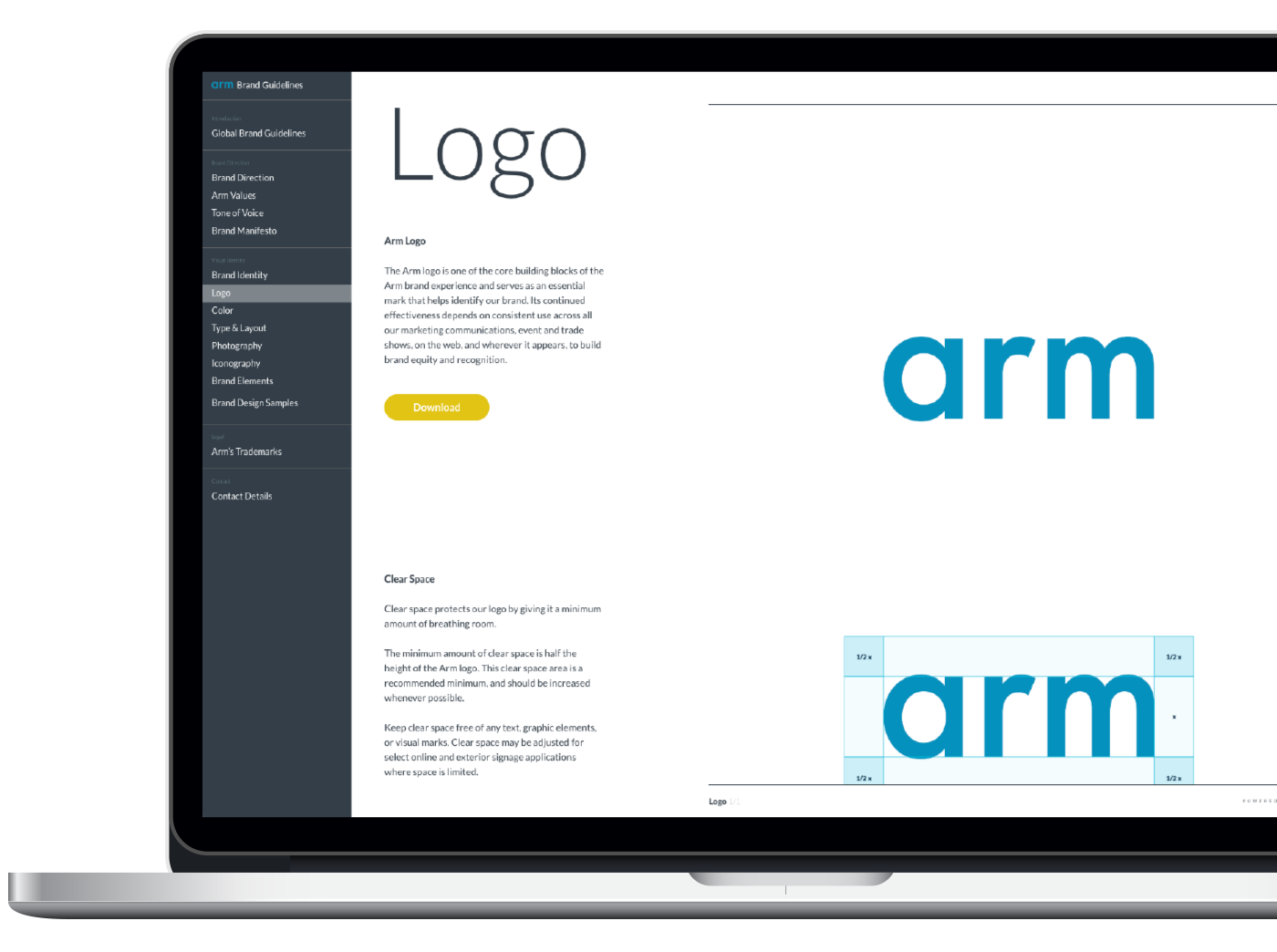How the Python Software Foundation Future-Proofed Its Infrastructure with Arm

If you’ve ever written code in Python, you’ve benefited from the work of the Python Software Foundation (PSF). A lean nonprofit engine behind the world’s most-used programming language, the PSF manages the systems that build, test, and distribute Python to a global developer community.
As usage soared and demands on infrastructure intensified, PSF made a pivotal decision: migrate its infrastructure to Arm-based AWS Graviton instances and embrace GitHub’s native Arm64 CI/CD runners. The transition was seamless, delivering lower latency, significantly reducing power consumption, and expanding capacity to support its open-source mission.
“We were developing on it, testing on it, so we might as well deploy on it. The production migration was undetectable unless you were watching.” – Ee Durbin, Director of Infrastructure, PSF
Why the Python Software Foundation moved to Arm
The launch of Apple’s Arm-based M1 chips brought Arm64 computing directly to developers’ desks, accelerating the visibility and adoption of Arm architecture in the developer ecosystem. This shift underscored a broader transition toward Arm-native development environments, as seen across multiple platforms like Windows on Arm.
For PSF, which runs critical global infrastructure with lean teams and tight budgets, Arm’s benefits are clear. Cloud instances powered by Arm Neoverse, like AWS Graviton, Google Axion, Microsoft Azure Cobalt 100, and Oracle’s Ampere, offer better price-performance, scalability, and sustainability than legacy x86.
All major cloud providers now offer their own Arm-based instances, enabling streamlined migrations. For PSF, migrating to Arm didn’t just reduce operational costs, it aligned development, CI/CD, and production on a single architecture. Having that end-to-end consistency on Arm means faster pipelines, simpler workflows, and lower total cost of ownership.
Backed by Arm’s ecosystem of migration tools, workload optimization, and community support, PSF migrated to Arm without disruption. Arm now powers a future-ready foundation for Python’s global infrastructure.
A migration grounded in developer flow
Migrating core services like PyPI, documentation hubs, and internal infrastructure to AWS Graviton was a straightforward process. With Kubernetes abstracting orchestration and GitHub Actions runners continuously testing dependencies and workloads on Arm64, the final deployment was a matter of switching instance types.
Crucially, the GitHub runners provided architecture parity from laptop to CI to cloud, removing friction, improving reliability, and shortening feedback cycles for contributors. With Apple’s M1 chips, millions of developers were already writing and testing code on Arm in their daily workflows. Extending that same architecture through GitHub Actions and into production environments meant the entire development flow, laptop to CI to cloud, was consistent and efficient. This end-to-end experience is what makes the shift to Arm both seamless for developers and strategically important for open-source projects.
“The GitHub runners enabled us to run fast, lightweight CI for all PRs and commits, while our deep memory test workloads—supported by a dedicated Arm-sponsored 500GB RAM bare-metal machine—let us uncover bugs that would never show up in local dev.” Łukasz Langa, CPython Developer-in-Residence, PSF
Measurable results that scale
Since moving to Arm-based infrastructure, PSF has realized significant performance, efficiency, and TCO gains:
- 25% reduction in compute costs
- 40% reduction in carbon emissions
- Lower latency across core services and streamlined CI/CD
- Faster test cycles and easier onboarding for contributors
In a typical month post-migration:
- python.org handles 11 million visitors, 24 million page views, and 188 million requests—with an average backend response time of 162 milliseconds.
- pypi.org supports 5.5 million visitors, 13.4 million page views, and 1.82 billion requests, including a staggering 78.6 billion downloads—at just 116 milliseconds average backend response time.
And perhaps most importantly: zero downtime or developer disruption.
GitHub’s native Arm runners now serve as the backbone of PSF’s test infrastructure, minimizing architecture-related bugs and ensuring consistency across environments.
Arm’s benefits also extend beyond PSF. The migration empowered PSF to support its broader ecosystem, like fiscally sponsored projects such as PyLadies, by offering them no-cost hosting on its Arm-based stack. This level of support was financially and technically infeasible before.
Lessons for the open-source world
- Start where developers live. Arm64 adoption gained traction when developers needed it locally.
- Lean on partnerships: Early GitHub runner access, AWS credits, and Arm sponsorships made the shift viable.
- Plan, then move fast: Once upstream compatibility was confirmed, migration to production was nearly effortless.
Arm’s role in open-source development
Arm’s energy-efficient architecture, broad cloud support, and close collaboration with open-source infrastructure teams make it a natural partner for projects on a global scale.
That collaboration includes direct contributions to CPython. Arm helped CPython become the first project to adopt GitHub’s native Arm runners for both Linux and Windows, streamlining its CI pipeline. Performance gains were immediate: JIT-related jobs that took 40 minutes now complete in minutes, and Windows on Arm testing became feasible for the first time. These improvements led to Linux aarch64 being recognized as a Tier 1 platform in PEP 11. They represent more than just technical progress; they’re catalysts for the broader ecosystem.
“Partnering with Arm and the PSF to enable Arm64 runners was about more than just CI/CD performance—it’s about giving the Python community confidence that the ecosystem is ready for the future. Seeing CPython lead the way has inspired other major projects to adopt Arm64 as well.” — Larissa Fortuna, Product Manager, GitHub
What’s next for PSF
Looking ahead, the PSF is expanding infrastructure support for ecosystem-critical services like PyPIStats.org, which now runs on its shared Arm-based platform. These services often operate with limited resources. Arm’s energy-efficient infrastructure enables PSF to sustain them.
Explore and build
- Watch Ee Durbin and Lucasz Langa of PSF describe the PSF Arm migration.
- Learn more about the PSF and how it supports the world’s largest programming community.
- Start your Arm-powered cloud migration to realize cost and sustainability gains.
- Discover how to use GitHub-hosted Arm runners in your own CI/CD workflows.
Any re-use permitted for informational and non-commercial or personal use only.













